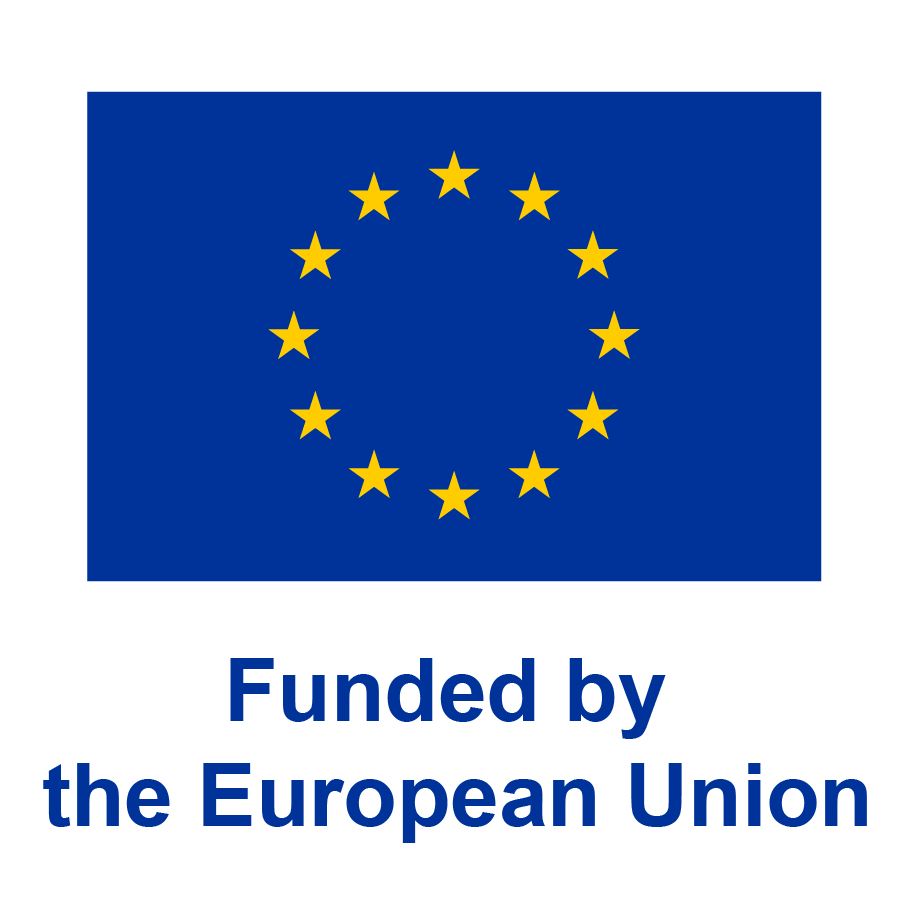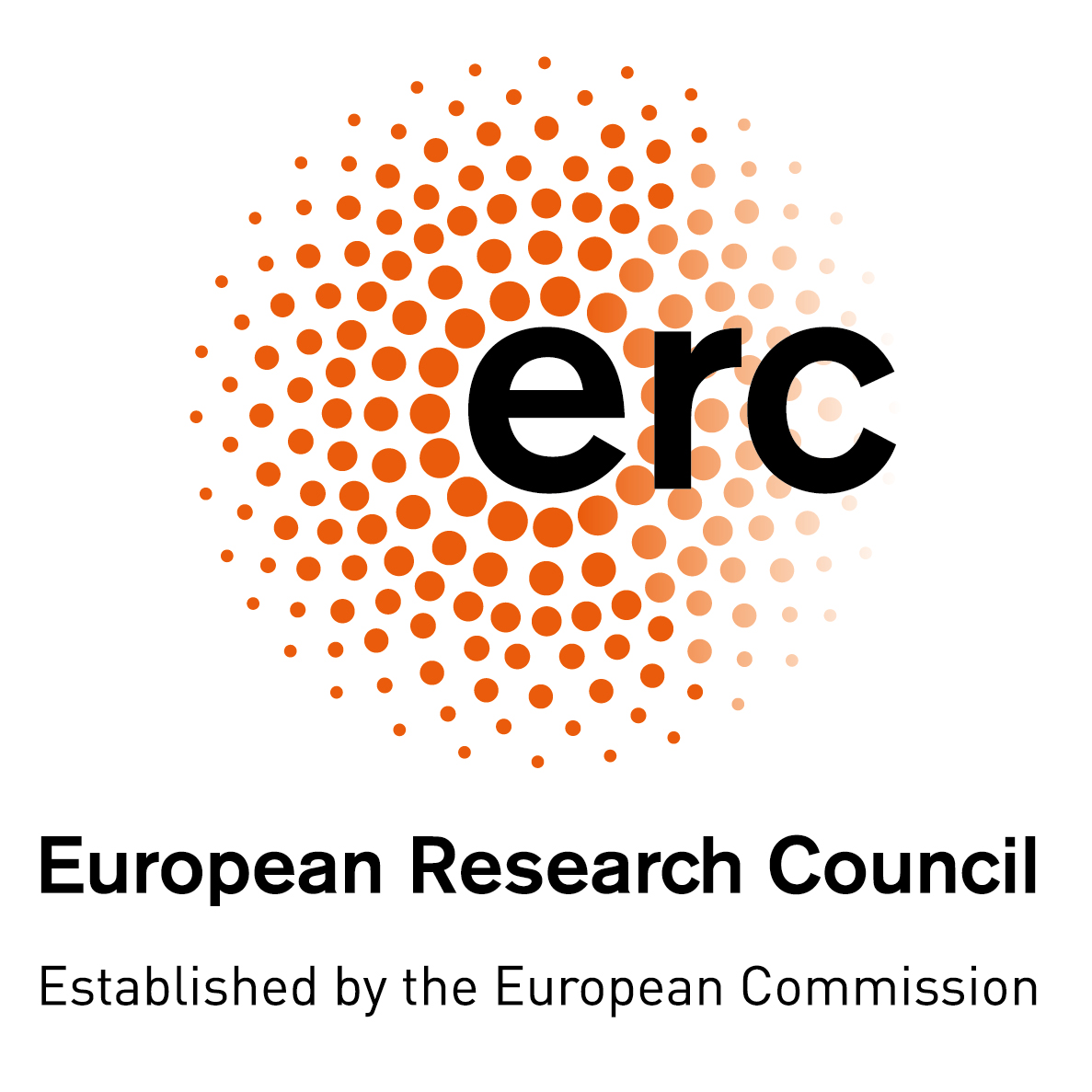

-
Humanities and the arts
- Digital media
-
Social sciences
- Work and organisational psychology
- Statistics and data analysis
- Communication sciences not elsewhere classified
Ubiquitous connectivity increases our autonomy: We can connect to content, contacts and services without time or place constraints. Paradoxically, however, ubiquitous connectivity also threatens that very autonomy: The addictive design of digital technologies diverts attention away from our primary activities, and in our contemporary culture of connectivity we face increasing pressures to be permanently online and permanently connected. This mobile connectivity paradox presents an urgent challenge: How can we balance connectivity and disconnectivity so that we experience digital wellbeing? Current scholarship lacks answers to this question. It fails to account for the dynamic nature of digital wellbeing and to sufficiently address the interplay between psychological, technological and social factors. This research project overcomes these limitations by building a dynamic pathway model of digital wellbeing. The model is tested via a multi-method and multiparadigmatic empirical approach that integrates traditional data sources with behavioral data gathered via device logging and dynamic data on users’ momentary states and contexts gathered via mobile experience sampling. Data are analyzed using innovative digital ethnographic and machine learning methods. This empirical test of the dynamic pathway model of digital wellbeing gives insight into (1) how individuals understand and practice digital wellbeing, (2) which constellations of person-, device- and context-specific factors form pathways that lead to short-term changes in digital wellbeing and long-term changes in indicators of overall wellbeing such as burnout or depression, and (3) what impact digital wellbeing interventions have on digital wellbeing. Armed with these insights, stakeholders such as users, technology developers and policy makers can take steps to increase digital wellbeing.